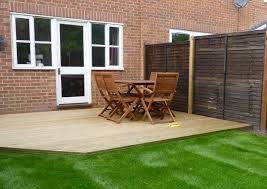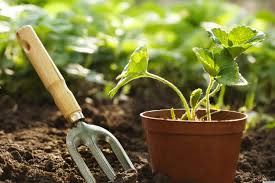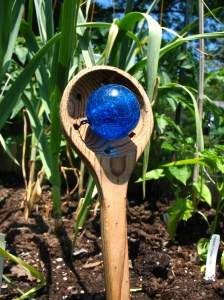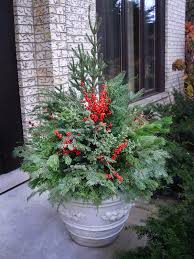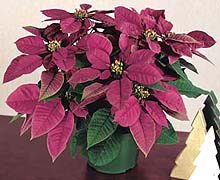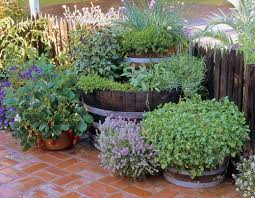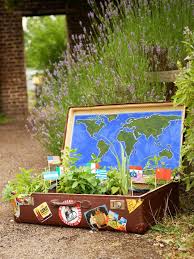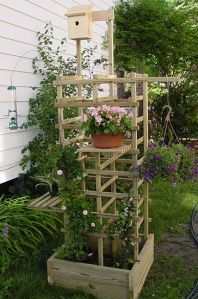
Winter seems like horror for the garden. The short days and dipping temperatures makes it very hard to grow anything. But a bit of planning can really set you up for the months ahead. It is the time nature gives for extra maintenance. I take it that way.
Structure maintenance – Checking all the sheds, fences and other structures can be done in this time of a gardening pause. Check and repair before snow and frost take a toll on them.
Caring for the Lawn – The soil needs more surface area to breathe in winter when the snow comes. Hence keep a thin covering of grass to let the soil breathe. Get rid of weeds, moss and leaves by putting into the compost pit. Never burn them on the lawn.
Cleaning the garden tools – Garden tools also need a look up. Clean and remove the rust. You can also use oil to make them ready for winter snow removal.
Caring for Vegetables – The carrots and other roots can be grown in the winter by covering with dry leaves. If it snows you can use a heavy rug for the snowy days. This will help get the roots for the hot soup during winters.
Perennial Shrubs – Prune the perennial shrubs before the first signs of frost. This will prevent broken branches due to heavy weights of snow.
Compost time – Winter is the best time to build a compost hole which can store the dry falling leaves. This can be excellent manure for all around the year.
